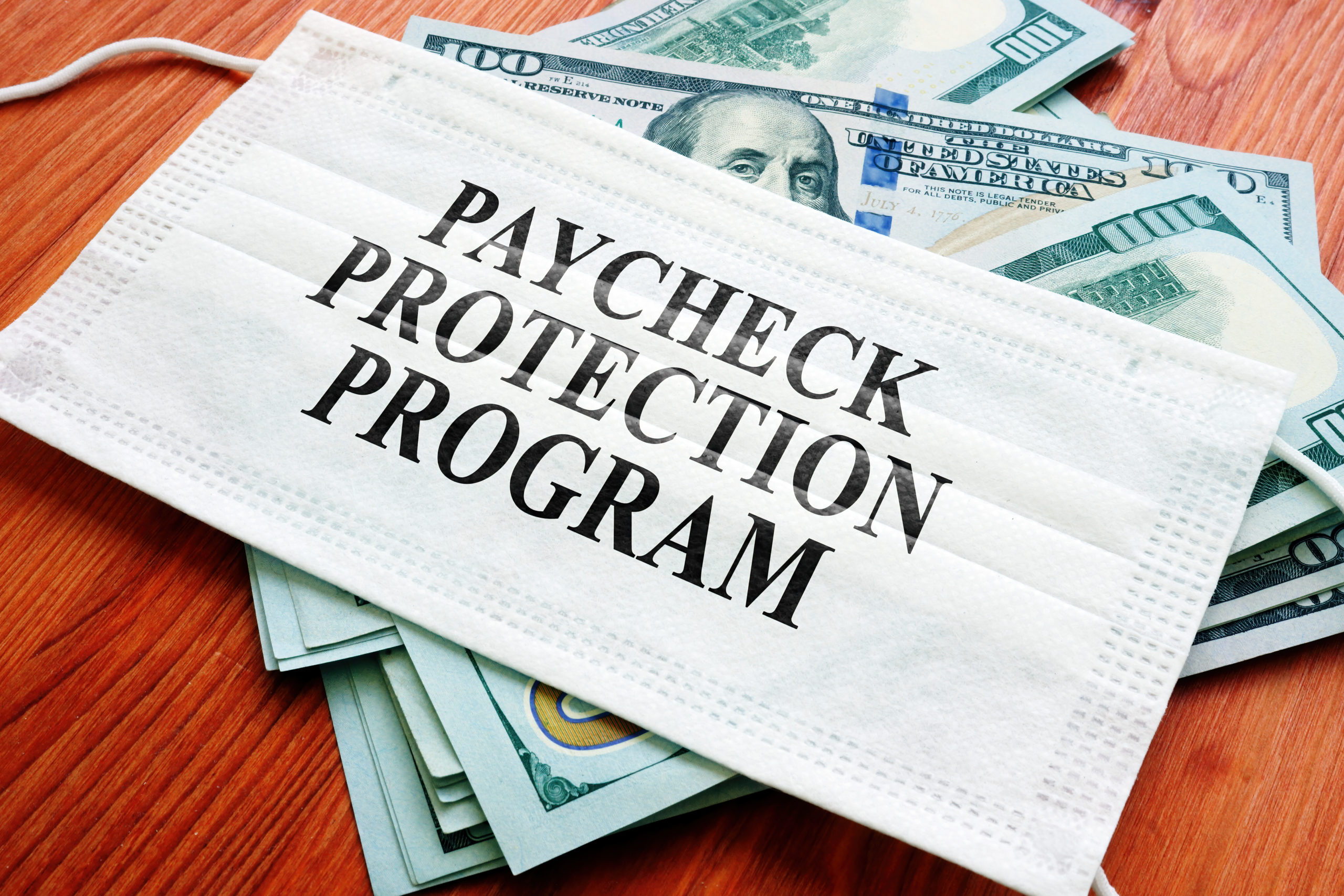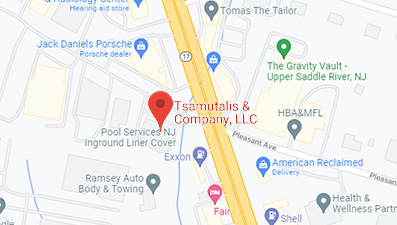
The Small Business Association (SBA) launched the Paycheck Protection Program (PPP) in response to the coronavirus pandemic. Although it’s a loan program, it is entirely forgivable when businesses use it appropriately and document the usage. And now, there’s new legislation that adds further flexibility to how you can spend the money to make it simpler for business owners to take full advantage of the program.
Business owners, contractors, and self-employed individuals can apply for a PPP loan through the Small Business Association. Banks and other financial lenders have online forms that you can complete to apply for a PPP loan.
When the SBA launched PPP, the goal was to encourage business owners to keep their staff employed, even amidst coronavirus lockdowns that forced many businesses to shut down. By paying for eight weeks of salary for these employees, PPP should help reduce furloughs and layoffs nationwide.
What are the new rules for PPP loans?
President Trump signed into law the Paycheck Protection Program Flexibility Act (PPPFA) on June 5, 2020. The new law was in response to concerns business owners shared about meeting payroll demands amidst declining profits due to the coronavirus pandemic.
While PPP loans have helped many businesses meet these payroll demands, business owners were finding the rules too rigid to use the loan entirely. The PPPFA made the following adjustments to the loan program:
- The 8-week covered period has been extended to 24 weeks. This means that you can use your loan funds to pay for covered expenses during a 24-week period, enabling you to use more of the funds you receive from the loan program.
- Previously, to qualify for loan forgiveness, you had to use 75 percent of the loan money on eligible payroll expenses. However, the new law loosens this to require that you use at least 60 percent of the funds on payroll.
- To help business owners meet their commitments for expenses, you can now use up to 40 percent of your PPP loan on non-payroll eligible expenditures. This number is up from 25 percent. Qualified non-payroll expenses include rent, mortgage payments, utilities, and loan interest.
- When you apply for PPP loan forgiveness, you will now be permitted to wait on making any loan payments until the SBA rules on whether or not you meet the loan forgiveness requirement. Most banks require that you complete a request for loan forgiveness within ten months of completing your 24-week covered period. Consult your bank and loan documentation for further information.
- Even if you choose not to apply for loan forgiveness, you do not have to begin paying back the loan until ten months after your 24-week covered period ends.
- One of the loan forgiveness requirements is that you keep the same level of full-time employees as you had as of February 15, 2020. If you had furloughed or laid-off workers, you needed to rehire them by June 30, 2020, to qualify for loan forgiveness since the goal of the loan program is to keep people employed. However, as lockdowns and economic challenges continue into June, the new law states that you have until December 31, 2020, to rehire workers to meet your FTE Safe Harbor for loan forgiveness.
- In cases where the business owner chose not to apply for loan forgiveness or the loan, forgiveness application was denied, the business owner had to repay the loan within two years. However, PPPFA extends the loan period to five years. The loan has an interest rate of 1 percent.
How are PPP loans calculated?
Your PPP loan amount will be based on your average monthly payroll expenses for 2019 times 2.5. That’s how the bank will calculate what you need to meet the demands of eight weeks of payroll expenses.
And although it is all calculated based off of your payroll expenses for the year, you can use this money to cover four categories of expenses:
- Payroll, including salary, vacation time, health benefits, sick leave, medical leave, family leave
- Mortgage interest on loans signed prior to February 15, 2020
- Rent payments as long as the lease was signed prior to February 15, 2020
- Utility bills as long as the service began prior to February 15, 2020
Your monthly payroll expenses might be smaller than they were during 2019 due to furloughs or layoffs. That’s perfectly fine, so long as you rehire your staff by December 31, 2020, to reach the same number of FTEs as you had February 15, 2020.
How do I qualify for PPP loan forgiveness?
To apply for loan PPP loan forgiveness, you must fill out the PPP Forgiveness Application form and submit it to your lender. Along with the form, you’ll need to have documentation for your payroll expenses, payroll tax filings, information on unemployment insurance, retirement plan contribution documentation, health insurance expenses, and proof that your eligible loans, rent, and utility service were active before February 15, 2020.
While each lender is different, many lenders require digital proof for these various documents. There are a few ways that you could receive only partial forgiveness for your PPP loan.
- Employees who make less than $100,000 a year must retain at least 75 percent of their normal salary. Failure to do so could mean that the amount of your loan the SBA approves for forgiveness is decreased.
- You must have the same number of FTEs as you did prior to the pandemic by December 31, 2020, or your loan forgiveness amount will be reduced.
- You must meet the 60 percent requirement that you use the loan on payroll expenses. Failure to do so could mean you owe partial loan repayment.
If you’re unsure about how to meet the documentation requirements for PPP loan forgiveness, you should discuss the matter with us before applying for the loan. We can help you set up proper documentation processes to ensure that once your 24-week covered period ends, you’re prepared to complete the loan forgiveness application.
Contact us to discuss your options



